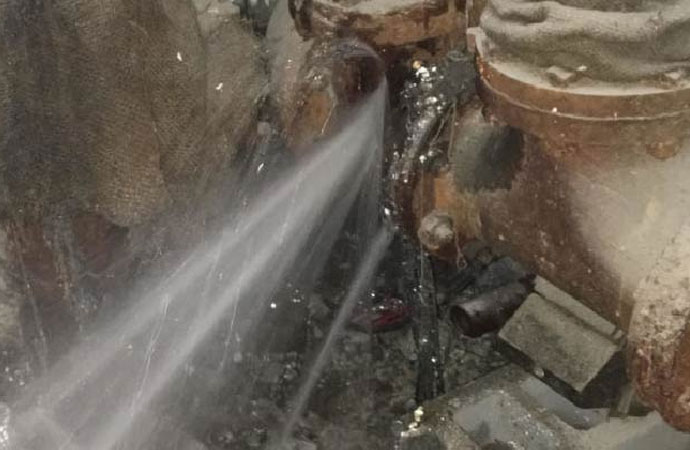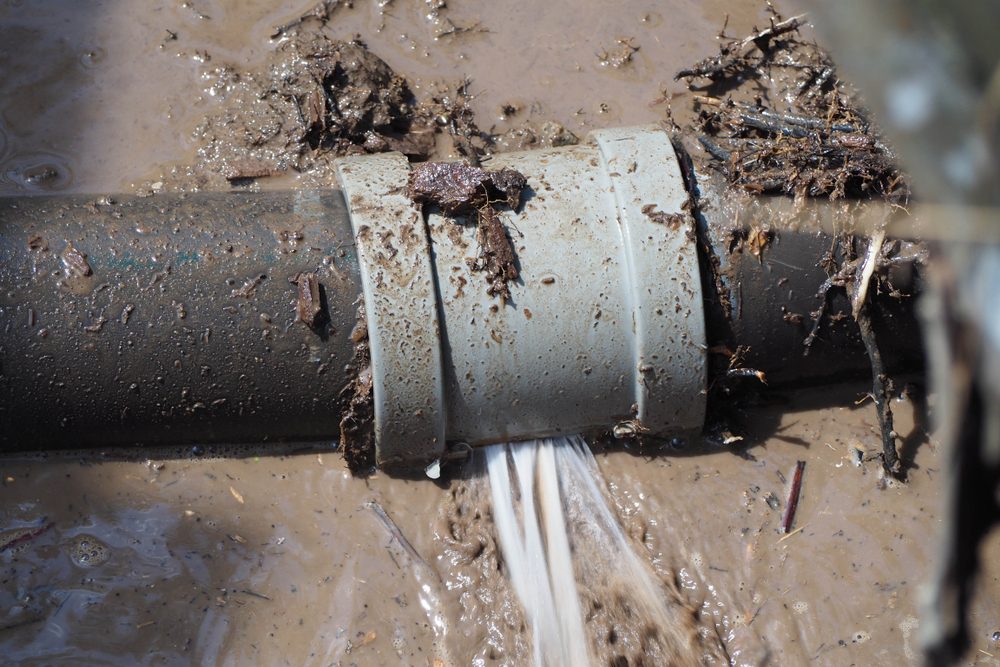Just about every person has their personal assumption in relation to How to Prepare for Your Dishwasher Installation.

A burst pipe is a significant emergency; you can only stand as you see water you pay very much to reunite with the planet. In even worse situations, you notice a swimming pool on your kitchen area flooring, which is an excellent trip hazard, specifically if you have kids around. If the pipeline that burst was in your wall surfaces, bad news: you might require to repaint that whole section.
Just how can a catastrophe like a burst pipeline be avoided and taken care of? Well, by listening to your specialist emergency plumbings and also complying with these rules.
Exactly how do I know when my pipelines have burst?
Rising and fall water pressures
Pipelines do not just burst in a day. You might have discovered that your cooking area tap or shower does not run instantly when you transform the faucet. It might pause for a couple of seconds and afterwards blast you with more force than common.
In other circumstances, the water may appear normal in the beginning, then decrease in stress after a few secs.
Wet wall surfaces and water spots
Prior to a pipe ruptureds, it will leak, the majority of times. If this consistent dripping goes unnoticed, the leakage might graduate right into a wide laceration in your pipeline. One easy method to prevent this emergency is to look out for damp wall surfaces ad water discolorations. These water stains will lead you right to the leakage.
Puddles under pipelines as well as sinks
When a pipeline bursts, the outflow creates a puddle. It may show up that the pool is growing in dimension, and also no matter the number of times you wipe the pool, in a few minutes, there's an additional one waiting to be cleansed. Frequently, you might not have the ability to trace the puddle to any type of noticeable pipes. This is an indication to call an expert plumber.
Untraceable trickling noises
Pipe ruptureds can take place in one of the most unpleasant locations, like within concrete, inside wall surfaces, or under sinks. When your house goes silent, you may be able to listen to an aggravatingly persistent dripping noise. Also after you have actually examined your shower head and kitchen tap, the leaking might proceed.
Beloved reader, the dripping may be coming from a pipeline inside your wall surfaces. There isn't much you can do concerning that, other than inform an expert plumber.
Shut off the Water
When water freezes, it broadens in volume by regarding 9 percent. As well as it increases with significant pressure: The stress inside pipes may go from 40 pounds per square inch to 40,000 psi! No pipe can hold that much pressure, so it breaks open. The break may occur where the ice forms, but more often, it happens where water pressure discovers a vulnerable point in the pipe. That may be inches or even feet from the frozen area. Find the water shutoff valve and turn off the water to prevent more damage. You might also need to shut off the electricity as well, depending on where the leakages takes place and also just how big it is.
Contaminated water
Many people assume a burst pipeline is a one-way electrical outlet. Fairly the contrary. As water spurts of the hole or tear in your plumbing system, pollutants discover their way in.
Your water may be contaminated from the resource, so if you can, examine if your water container has any type of issues. However, if your drinking water is provided and also detoxified by the local government, you ought to call your plumber instantly if you see or scent anything amusing in your water.
What do I do when I identify a burst pipe?
Your water meter will remain to run also while your water wastes. To reduce your losses, find the major controls and also turn the supply off. The water mains are an above-ground framework beside your residential property.
How to Fix & Detect a Leaking Pipe
How Do I Know if a Pipe is Leaking?
Leak detection tests can help you determine if your pipe has a leak. Even if you don’t see an apparent leak, you should still conduct leak detection tests regularly to save water and money—and prevent major damage to your home.
Water meter. It can be helpful to figure out what your usual water meter usage numbers are and then monitor them regularly. To monitor your meter, first, turn off all water faucets in your home. Check the meter and write down the numbers. In a few hours, check the meter again. If the numbers have changed, you have a leak. Water gauge. Use a water gauge to test your water pressure. Your showerhead should produce a certain amount of water pressure based on its model and design. If the pressure is lower than it is supposed to be for that specific showerhead, your home likely has a leak. Puddles. Look inside your bathroom, laundry, and kitchen sink cabinets. Puddles around the cabinets or around toilets, tubs, showers, and washing machines indicate the presence of a leaking pipe. You may also notice loose tiles, peeling or flaking paint, or mold caused by water accumulation. Napkin test. Even if you don’t see any puddles, you may still have a leak. You can test for water leaks in the bathroom, laundry, and kitchen by wiping below-sink connections with a napkin, paper towel, or piece of toilet paper. If it becomes damp, you probably have a leaking pipe under the sink. Discolored walls. Walls that are discolored—usually with brown or yellow stains—or bulging might mean that they have been impacted by water damage caused by a leaking pipe. Smell. A leaky pipe will create sitting water, and over time, that water may develop a musty smell. If your home smells musty, but you can’t locate the source, it may be due to a leak. Steps for Fixing a Leaking Pipe
A leaky drain can be remedied by tightening the pipe base, replacing the drain seal, caulking the rim, and tightening the pipe nut. Similarly, a leaking toilet pipe can be treated by tightening the packing nut. You may also need to replace the valve. A leaky faucet may just need tightening or replacement of the washers. If that doesn’t work, consider replacing your faucet. If your pipe has a hole in it, you may want to use a pipe leak sealer or pipe leak tape. This quick fix for water pipe leaks can also temporarily fix a copper pipe leak. https://www.ahs.com/home-matters/quick-tips/how-to-tell-if-pipes-are-leaking/

Hopefully you enjoyed reading our piece about What to Know Before Installing a Dishwasher. Thanks a ton for spending some time to browse our post. Enjoyed our entry? Please share it. Help someone else locate it. Thank-you for going through it.
Request A Quote